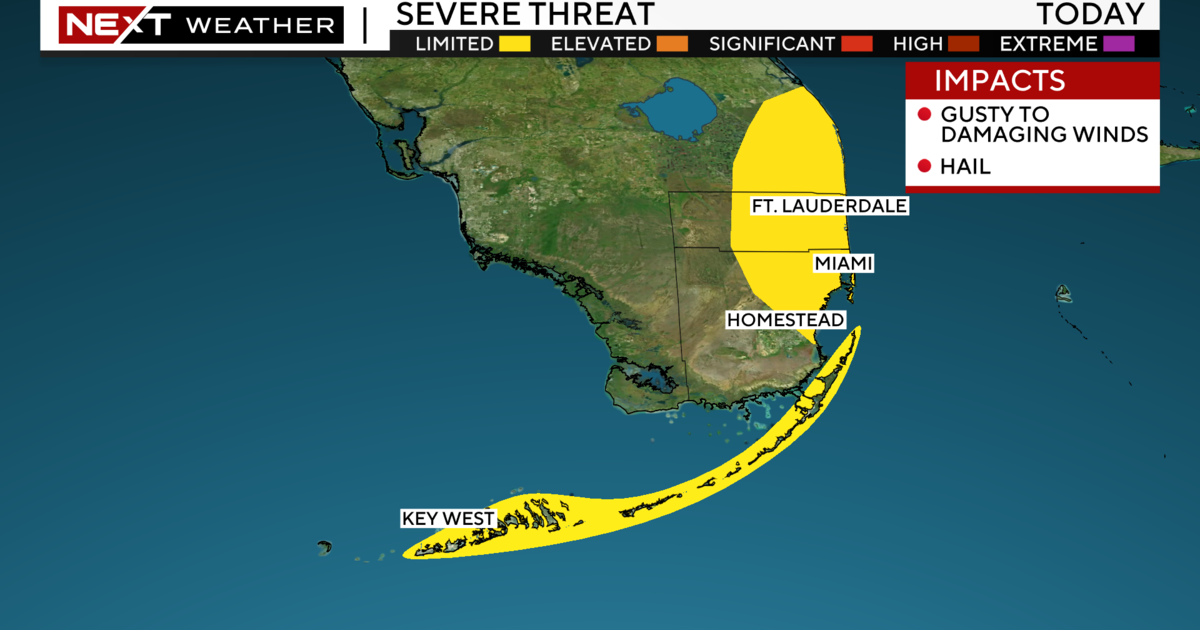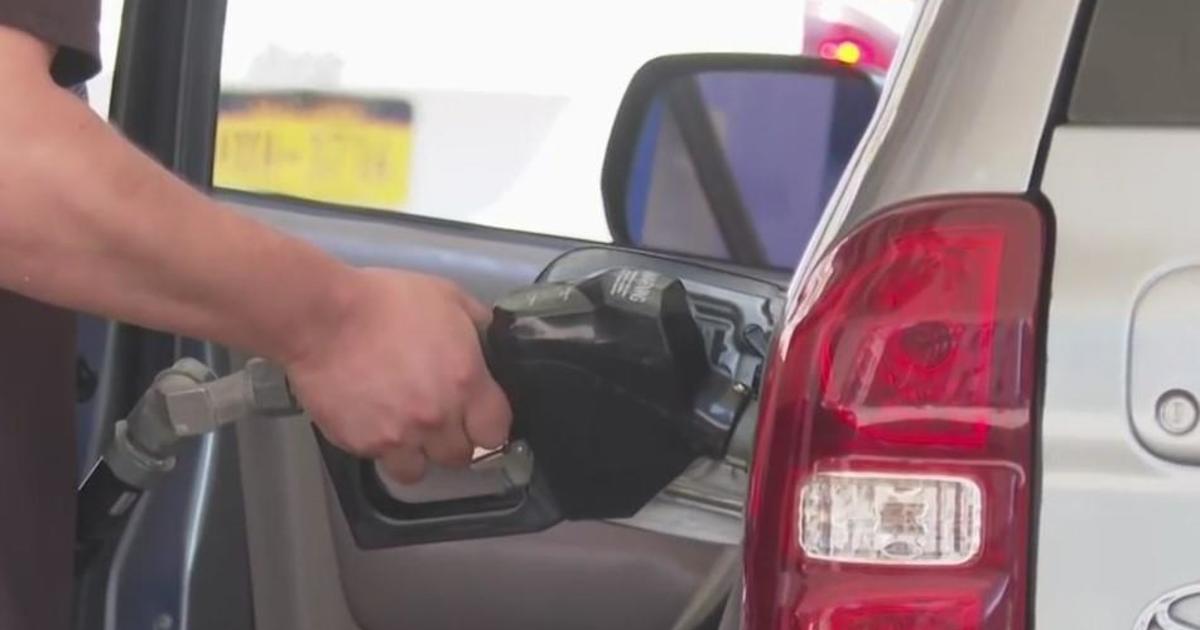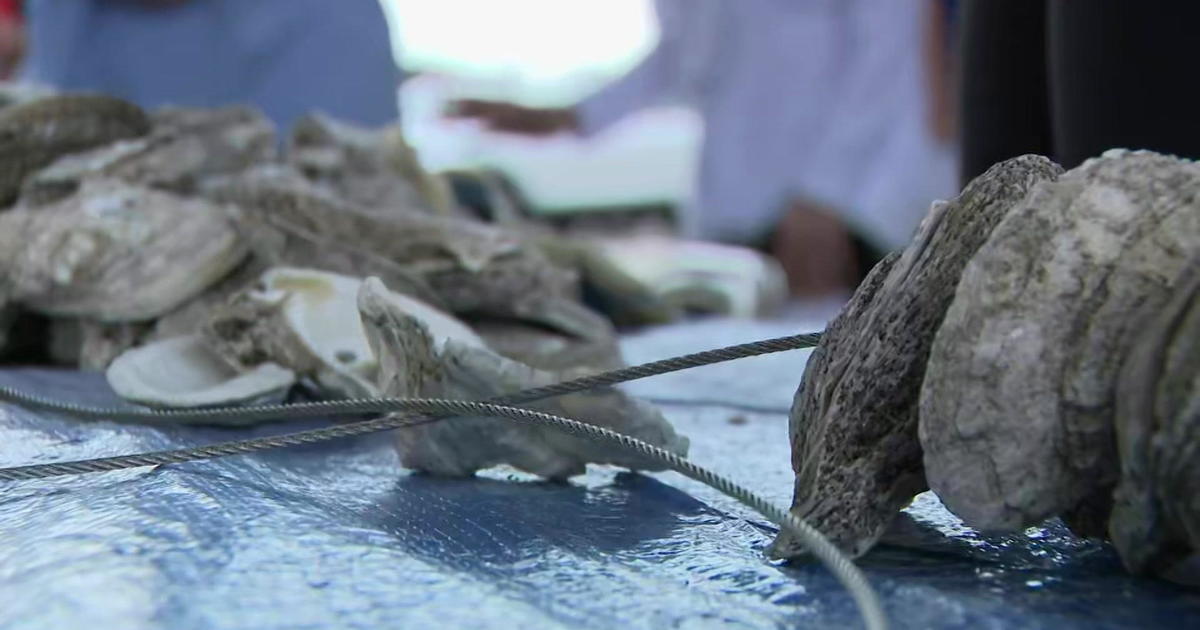Restrictions In Everglades Due To High Water Levels
MIAMI (CBSMiami) -- When Tropical Storm Isaac moved across South Florida, it brought some much needed rain to Lake Okeechobee which is South Florida's back-up water supply. But at the time same time, it caused water levels to rise a bit too much in the Everglades which is bad for the wildlife.
Due to the current high water levels in the Everglades, the Florida Fish and Wildlife Conservation Commission (FWC) has issued an executive order temporarily restricting public access to portions of the Everglades and Francis S. Taylor Wildlife Management Area.
They say high water levels have forced area wildlife to take refuge on tree islands and levees, resulting in increased levels of stress for the animals.
The order to restrict public access prohibits vehicles, airboats, ATVs and other means of public access to the Everglades and Francis S. Taylor Wildlife Management Area. This area lies in Palm Beach, Broward and Miami-Dade counties. Access to Conservation Area 2A from the L-35B levee north to the east-west airboat trail is still permitted.
The order also prohibits the taking of game. However, this order does not apply to people permitted to participate in the statewide alligator and migratory bird hunts, to frogging, or to people operating boats within the established canal systems and within one mile of marshes adjacent to canals within the wildlife management area.
Boaters must maintain a minimum distance of 100 yards from any tree island or levee when operating a vessel or airboat to minimize disturbance to upland wildlife.
To report a violation of this order, or any fish and wildlife law violation, call the FWC's Wildlife Alert hotline at 888-404-3922.
As for Lake Okeechobee's water level, it now stands at 14.81 feet above sea level.
The lake level rose nearly two feet since Isaac's drenching.
The extra water in the lake will help South Florida water supplies during the upcoming winter-to-spring dry season.
At one point following Isaac, storm water flowed into Lake Okeechobee at 30,000 cubic feet per second. That's enough to fill an Olympic-sized swimming pool every two seconds, according to the South Florida Water Management District.



